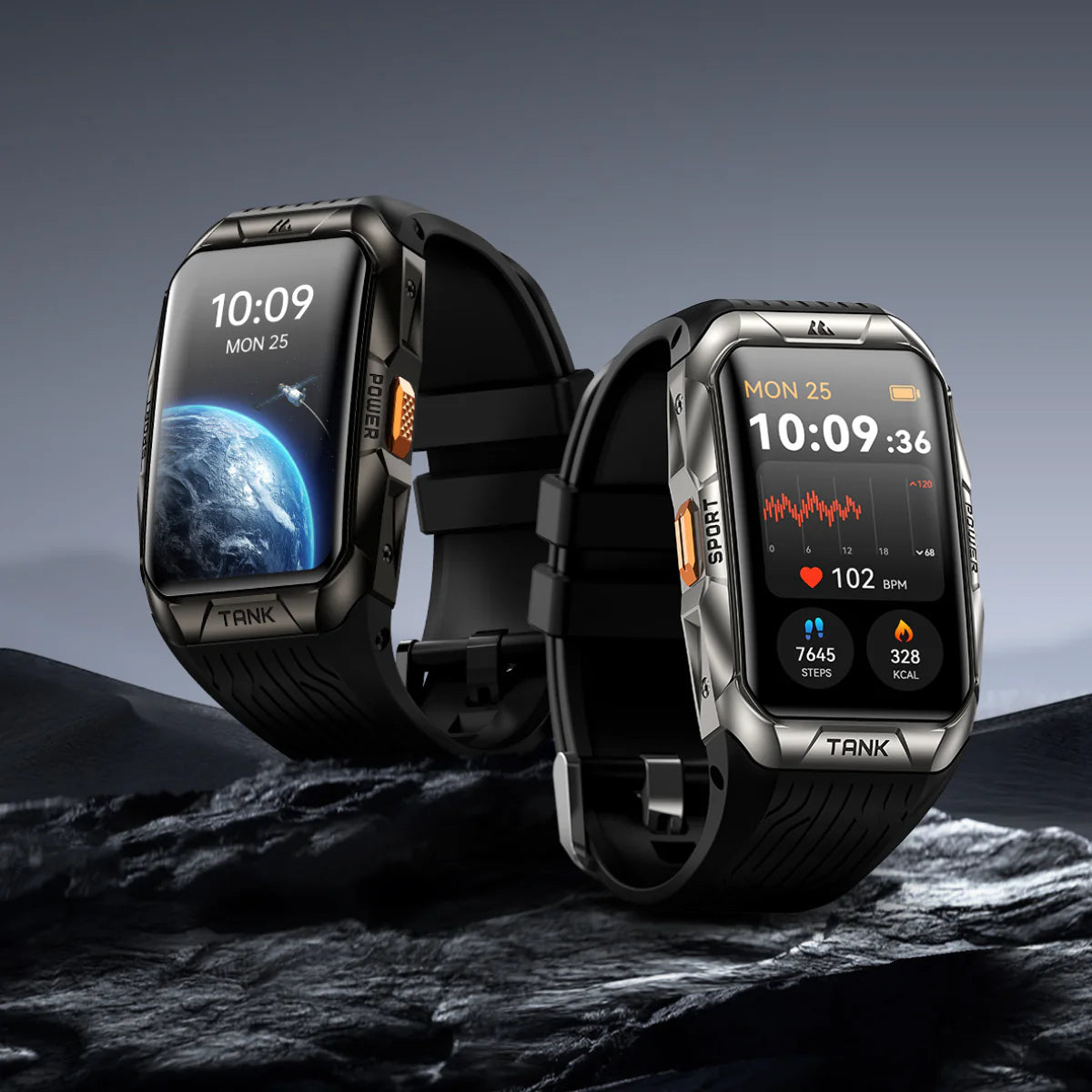Believe it or not, there is a lot going on in your body during sleep. As you undergo different stages of sleep, your cells are repairing and rejuvenating, your energy levels being recovered and molecules like proteins and hormones being released.
In this context, if you feel like having a comprehensive picture of how your body is exactly functioning, you may then need to keep track of your physiological metrics while sleeping, which is the main reason why it is crucial for you to wear our KOSPET smartwatch to bed — not only are you capable of harnessing its features such as the built-in Alarm Clock and the sleep score, you can also view improvements in terms of data accuracy that requires monitoring 24/7 to provide a broad understanding of the way your body operates.
Let’s dive into the 3 striking sleep-driven features enabled by KOSPET smartwatches (vary from models to models).
- Sleep Score
There is no doubt that KOSPET smartwatches are extraordinary, yet you still need to wear it so that it can do its part. The reason we keep emphasizing the importance of healthy sleep habits is that sleep is directly associated with physical and mental wellness. Not getting adequate of it over time may trigger heart disease, stroke, blood pressure and poor mental health.
Glance at your KOSPET smartwatch upon waking up in the morning for a specific analysis illustrating how well you slept last night during four phases of sleep, including restful, light, rapid eye movement and awake. Based on the Pittsburgh Sleep Quality Index (PSQI), the sleep quality score assesses and scores overall sleep quality in terms of sleep regularity, sleep duration, including the amount of deep sleep and awakening hours per night and other factors measured by the watch.

- Resting Heart Rate (RHR)
Resting heart rate (RHR) refers to the number of times your heart beats per minute (bpm) with your body being in a state of rest. For normal adults, the RHR ranges between 60 and 100 bmp. On the whole, a lower heart rate at rest indicates more efficient heart function and better cardiovascular fitness. KOSPET data reveals that the more active a person is, the lower his or her RHR appears to be, but it is still imperative to put on the watch during sleep to obtain the most precise reading.
There are a great many reasons to track your heart rate, and knowing your resting hear rate is one of them. KOSPET smartwatches present around-the-clock detection data deploying the cutting-edge KOSPET heart rate sensor, an optical sensor embedded on the back of your smartwatch that monitors your heart rate with a green light shinning through your skin, which is reflected by the red cells in your skin’s blood vessels.
- Heart Rate Variability (HRV) Status
Heart rate variability (HRV), another significant metric that KOSPET technology utilizes your heart rate to measure, is a key parameter to determine how autonomic nervous activities influence regulation of the cardiovascular system. It may rarely occur to you that your heartbeat doesn’t remain unchanged or regular. Instead, lengths of time between each heartbeat do vary. The higher the heart rate variability, the better influence of autonomic nervous activities on the cardiovascular system, which means a healthier cardiovascular system.
Although such changes aren’t remarkably dramatic, they do provide helpful insights into your body. Changes in HRV status, in the meantime, reflects how your body is coping with stress and relaxation. Since your KOSPET wearable only measures your HRV status during sleep, you won’t harvest the benefits of this feature unless you are sleeping with your watch on.








Leave a comment
All comments are moderated before being published.
This site is protected by hCaptcha and the hCaptcha Privacy Policy and Terms of Service apply.